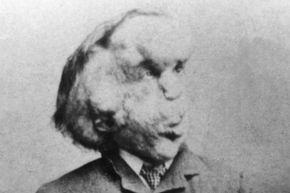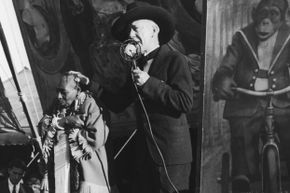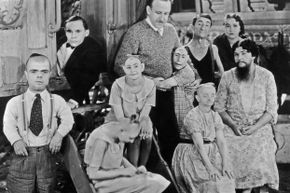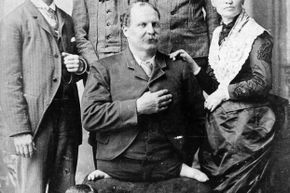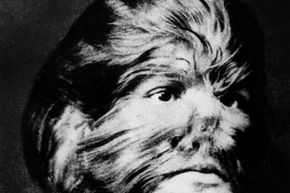None of us should look to historical sideshows for intellectual enlightenment. Sure, there are modern sideshows that present performers who are clearly empowered and awesome. But the sideshows of yore, with their labeling of people as "freaks" or disabilities as "oddities"? Nope. Spectators paid to gawk at people who were morbidly obese, had tattoos or were born with extra limbs. Yet despite this blatant exploitation, many performers were able to amass wealth and fame through sideshow acts. We can just agree that sideshows were at best a way for marginalized people to make a living exhibiting themselves and at worst a means for exhibition owners to take advantage of workers.
That being said, there's no denying that some of the people in old-timey sideshows had rare and fascinating medical conditions that can draw our attention. We'll take a look at the performers and their conditions, some of which might seem out of place labeled as an "oddity" in our current culture.
Advertisement

